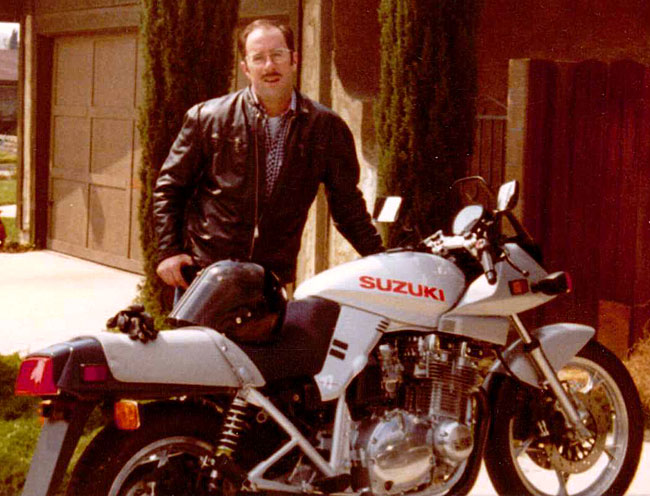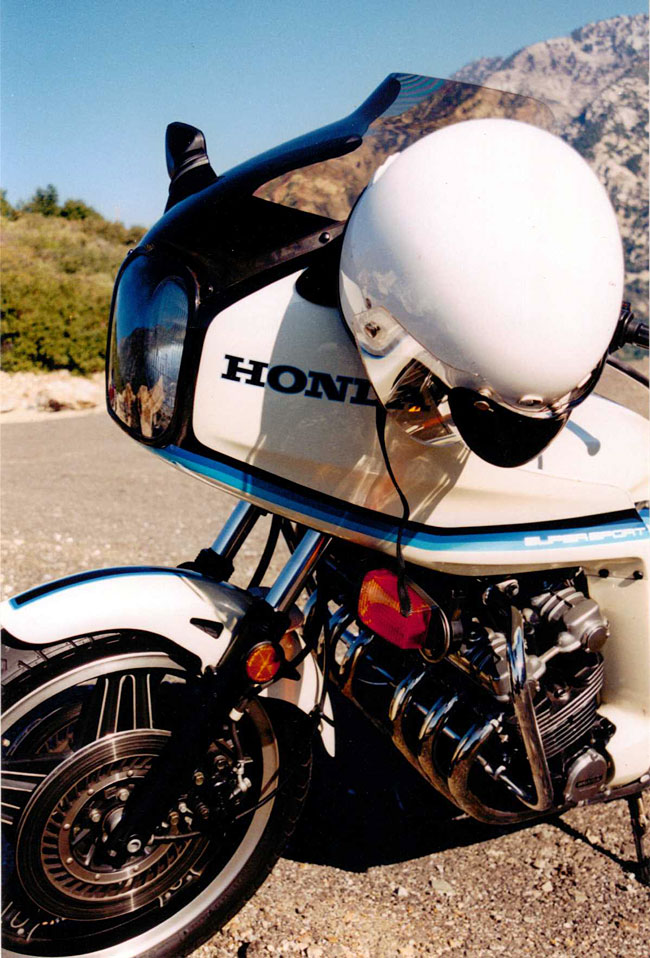The Triumph TT Special: Made from 1963 to 1967, in my opinion it made for the ultimate street bike back in the 1960s. I always wanted one. It’s an itch I never scratched, and that may be a good thing. I like to remember it the way I remember it: The ultimate motorcycle. I’ve owned a few bikes between then and now that were undoubtedly more powerful, so a TT Special ride today might seem disappointing (and I don’t want to facilitate bursting that bubble). No, the dream is how I want to remember this motorcycle.
So, some of this is from a blog I did for CSC several years ago, and some of it is new. It’s all centered on one of my all-time dream bikes, the Triumph ’66 TT Special.
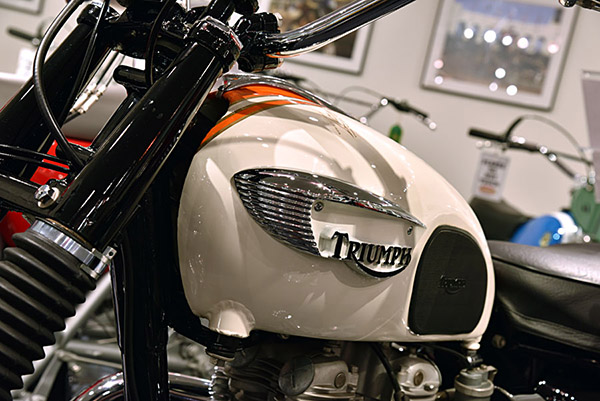
Some background: In the mid-60s, the ultimate street bike was a Triumph TT Special. The regular Bonneville was a pretty hot number back then, but it came with mufflers, lights, a horn, and all the stuff it needed to be street legal. Those bikes were pegged at 52 horsepower, and although that sounds almost laughable now (as does thinking of a 650 as a big bike), I can tell you from personal experience it was muey rapido. I don’t believe there were any vehicles on the street in those days (on two wheels or four) that were faster than a Triumph Bonneville. And there was especially nothing that was faster than the Triumph TT Special. It took the hot rod twin-carb Bonneville and made it even faster. And cooler looking. The Triumph TT Special will always hold a special place in my heart.
Don’t forget to click on the popup ads!
I had a spare hour a couple of years ago (yeah, that’s about how it happens), and that’s when I stopped in Bert’s. My good buddy Ron had a Triumph TT Special on display. I wondered what most folks thought when they saw the TT Special in Ron’s showroom. Bert’s sells to a mostly younger crowd (you know the type…kids who just got a licenses and go for 170-mph sports bikes), and my guess is they didn’t really “get” the TT Special. I sure did. Like I said, back in the mid-60s the Triumph Bonneville ruled the streets, and the TT Special would absolutely smoke a standard Bonneville.
Back in those days the Triumph factory rated the TT Special at 54 horsepower (as opposed to the standard Bonneville’s 52), but let me tell you there was way more than just 2 horsepower separating these machines. The TT Special was essentially the starting point for a desert racer or flat tracker. They were racing motorcycles. The TT Special was never intended to be a street bike, but some of them ended up on the street. If you rode a TT Special…well, you just couldn’t get any cooler than that.
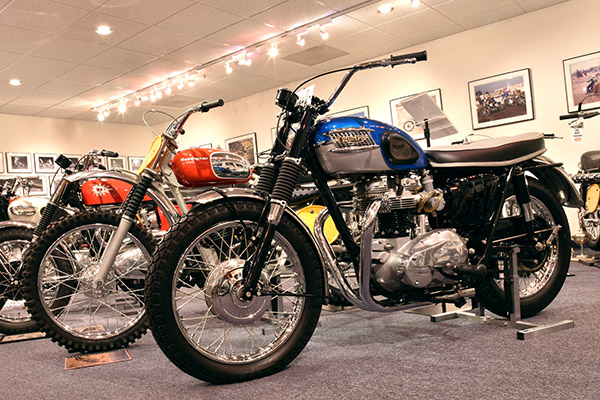
I only knew one guy back then who owned a TT Special (Jimmy something-or-other), and he did what guys did when they owned a TT Special. He made it street legal, and that effort consisted of a small Bates headlamp, a tail light, and a single rear view mirror.
The first time Jimmy was pulled over in New Jersey the reason was obvious: He was a young guy on a Triumph TT Special. Back in those days, that constituted probable cause. After the officer checked the bike carefully, he gave Jimmy a ticket for not having a horn. It was what we called a “fix it” ticket, because all you had to do was correct the infraction and the ticket was dismissed. Jimmy didn’t want to spend the money (and add the weight) that went with wiring, a switch, and an electronic horn, so he bought a bicycle bulb horn. You know, the kind that attached to the handlebars and had a black bulb on one end and a little trumpet on the other. It honked when you squeezed the bulb. Ol’ Jimmy (old now, I guess, if he is even still around) went to the police station, honked his horn, and the police officer dismissed the citation. With a good laugh. It was a good story 50+ years ago and it’s still a good story today. Simpler times, I guess.
I love the ’66 white and orange color combo, too. My Dad had a ’66 T120R Bonneville back then (that’s the standard street version of the Bonneville), and it was a dream come true for me. Those colors (white, with an orange competition stripe framed by gold pinstripes) really worked. 1966 was the first year Triumph went to their smaller fuel tank, and it somehow made the Bonneville even cooler.
My father, an upholsterer by trade, reupholstered his Bonneville with a matching white Naugahyde seat. Dad put a set of longitudinal pleats on the seat in orange to match those on the tank, and each was bordered by gold piping. The overall effect was amazing. It looked like the bike ran under a set of white, gold, and orange paint sprayers. The effect was electric. That bike really stood out in 1966, and it continues to stand out in my mind. In fact, while I was at CSC, that color combo (with Steve Seidner’s concurrence) found its way into one of the new San Gabriel color combos. Some dreams do come true, I guess!
A Cup O’ Joes includes a few of our Dream Bikes. You can pick up a copy here.
Never miss an ExNotes blog:

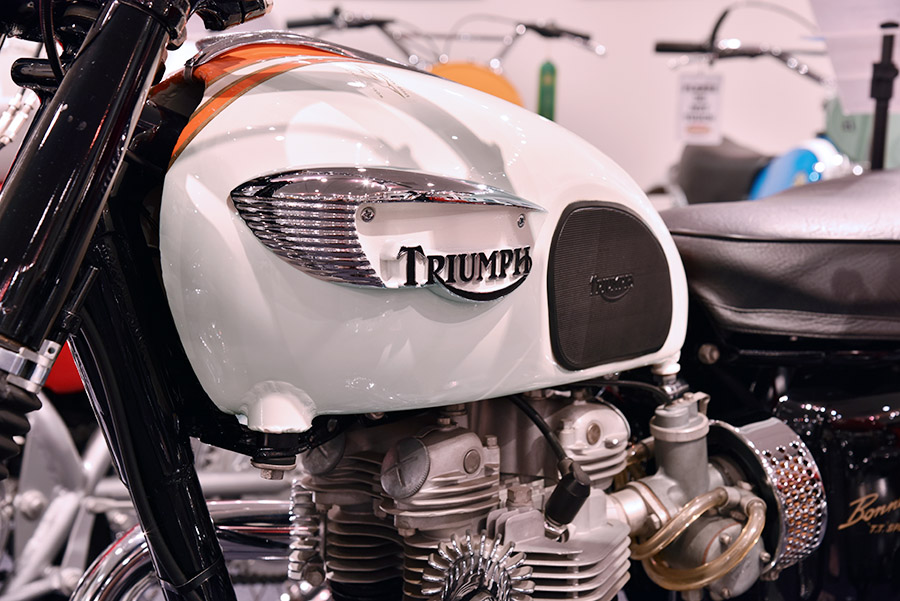
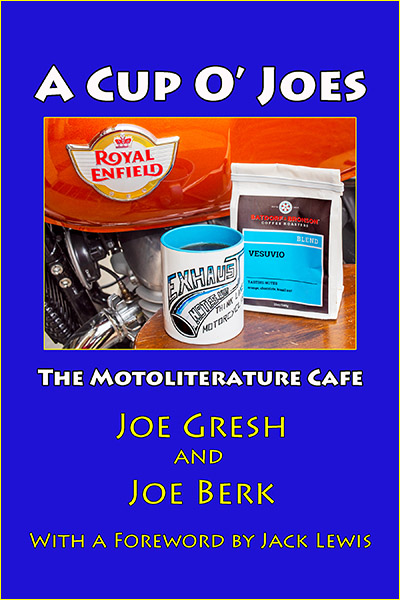
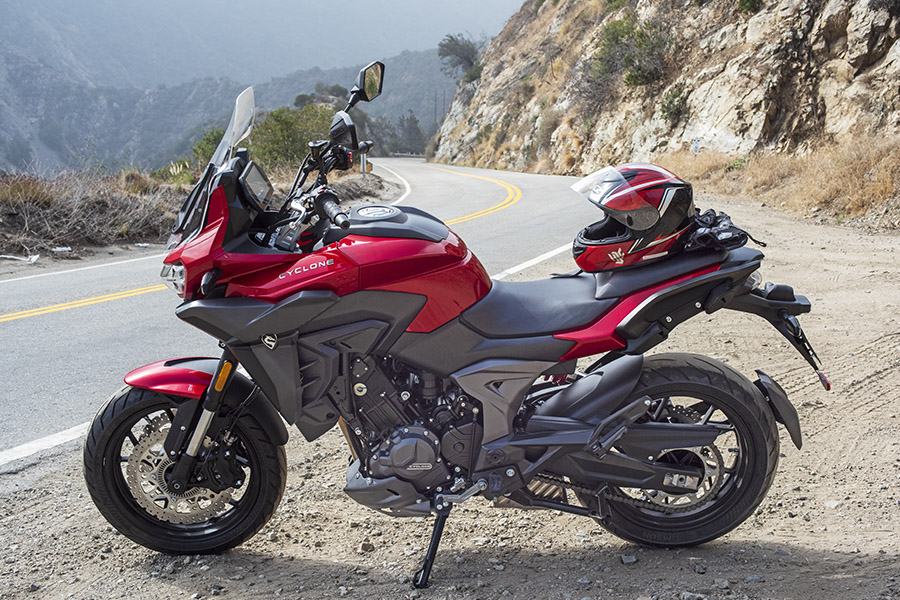
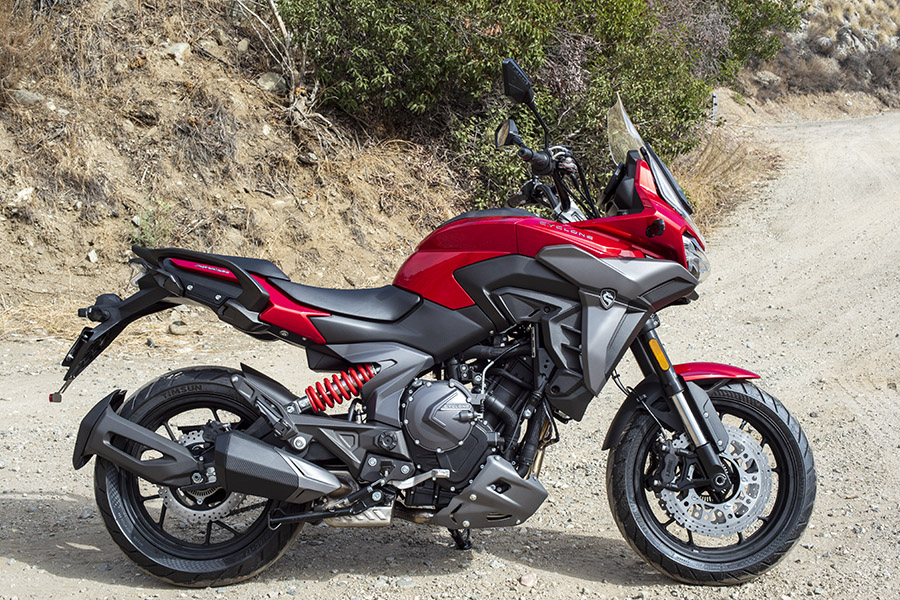
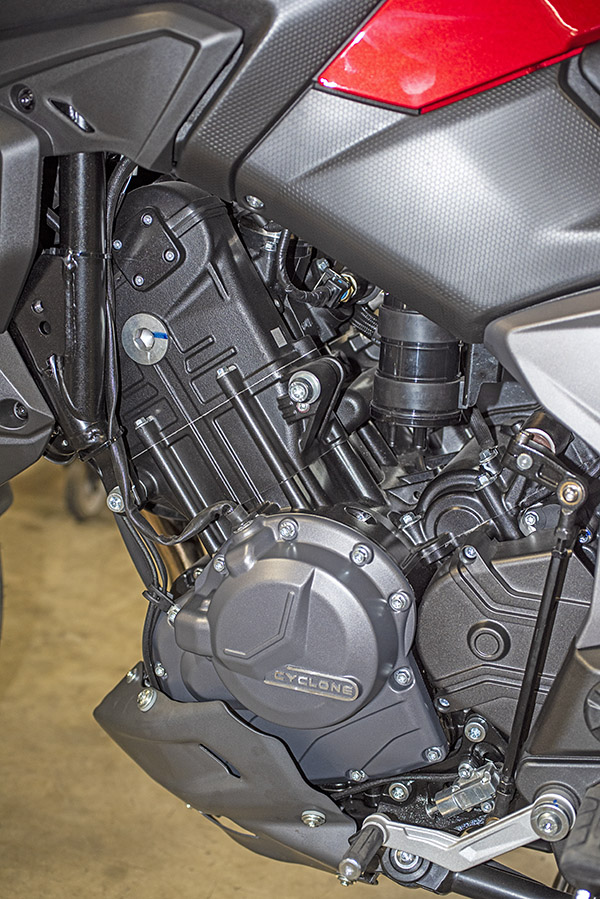
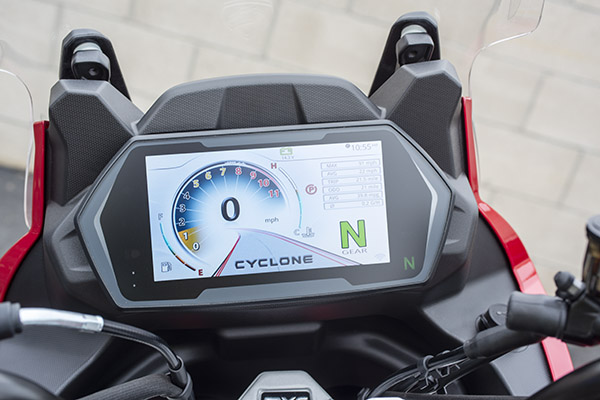
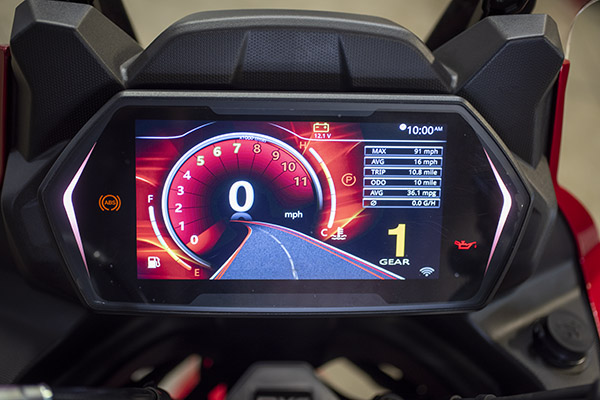
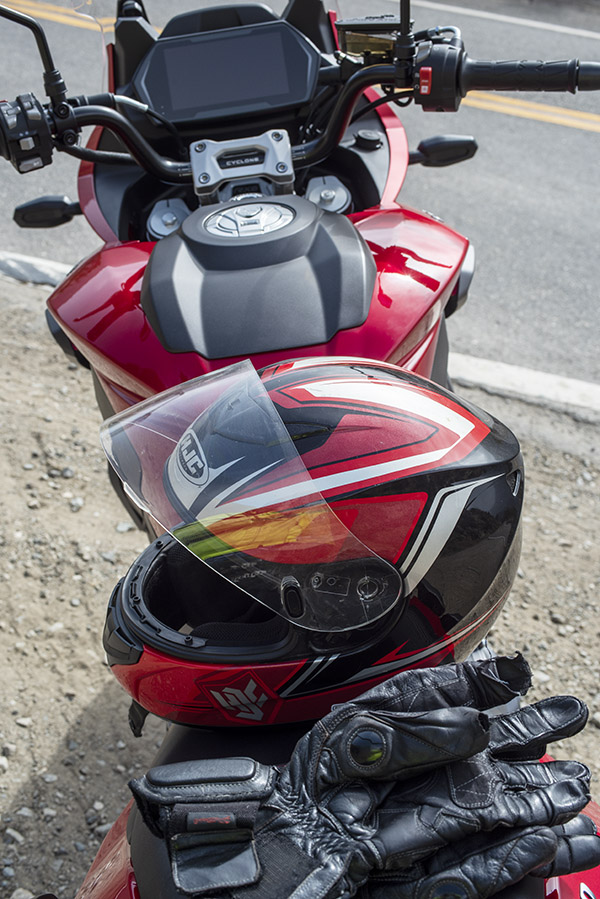
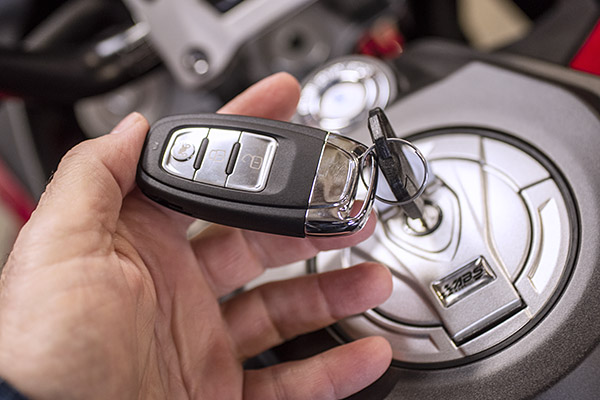
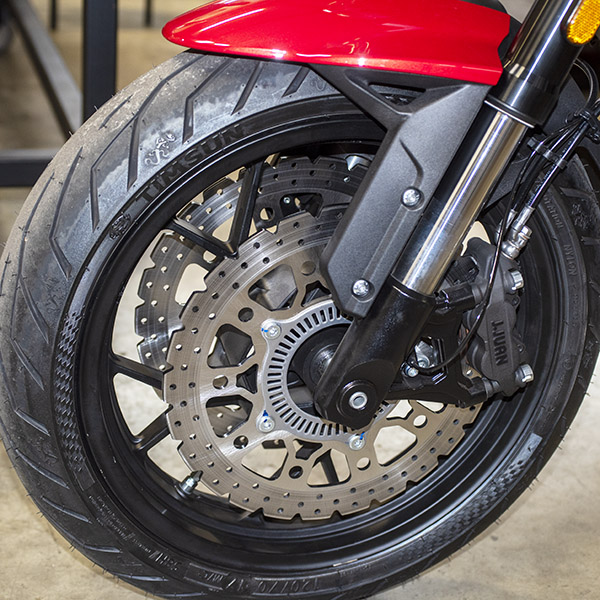
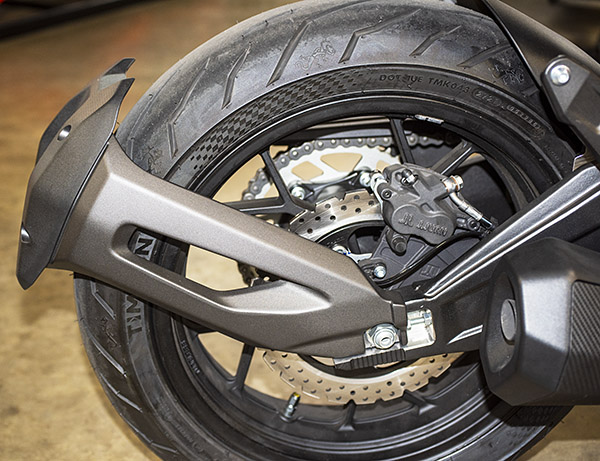
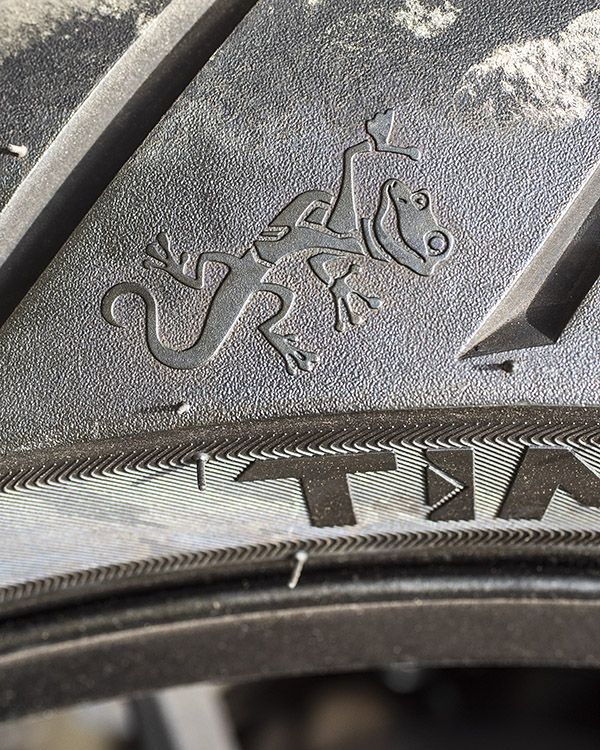
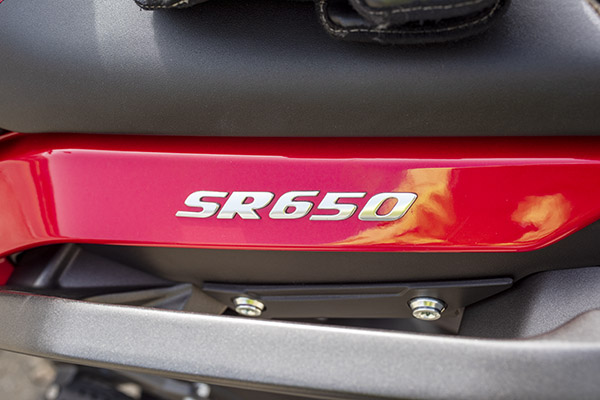
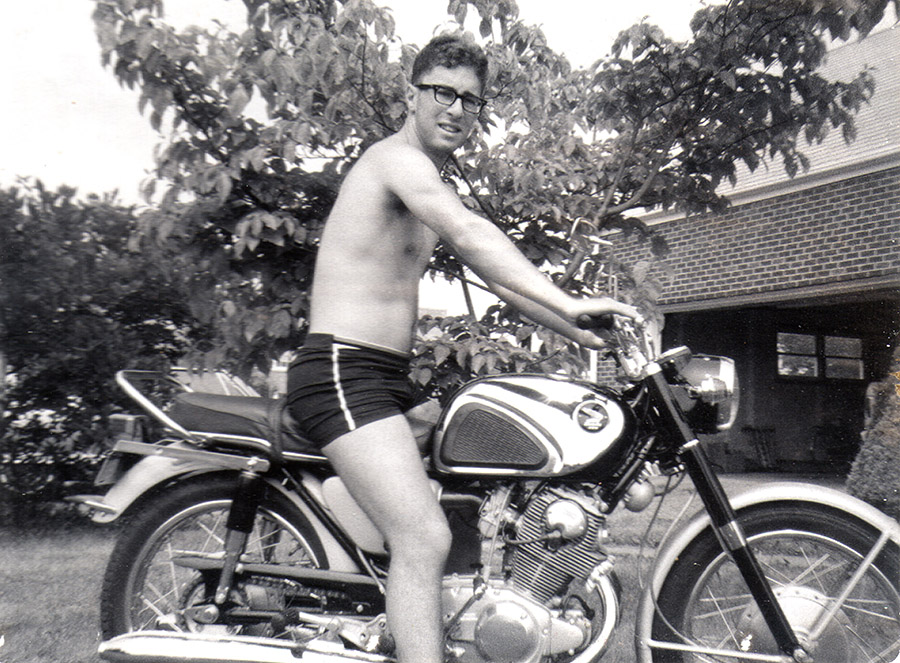
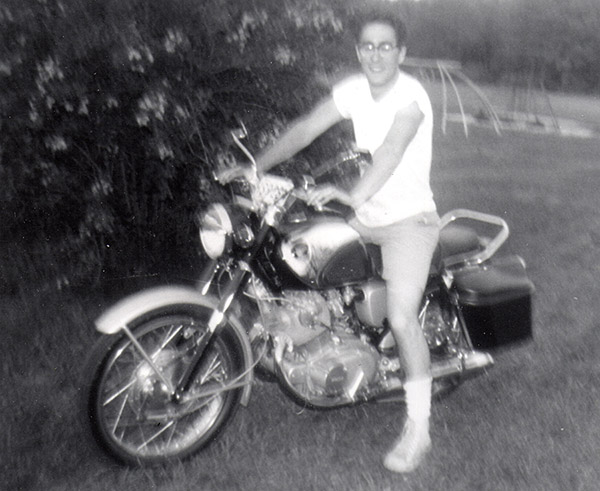


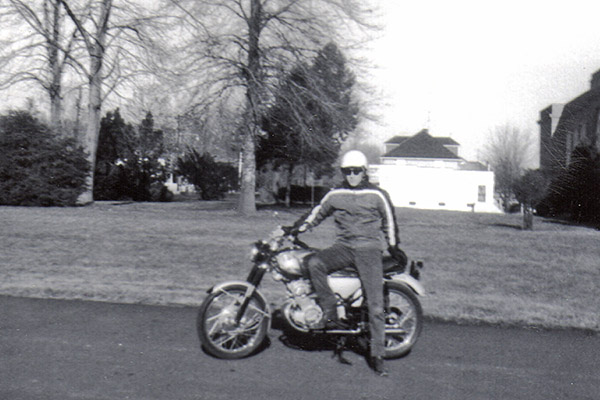
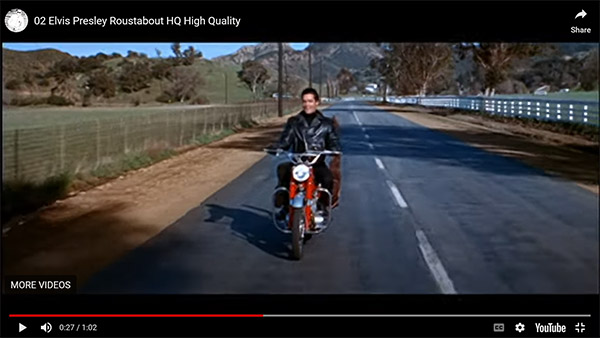
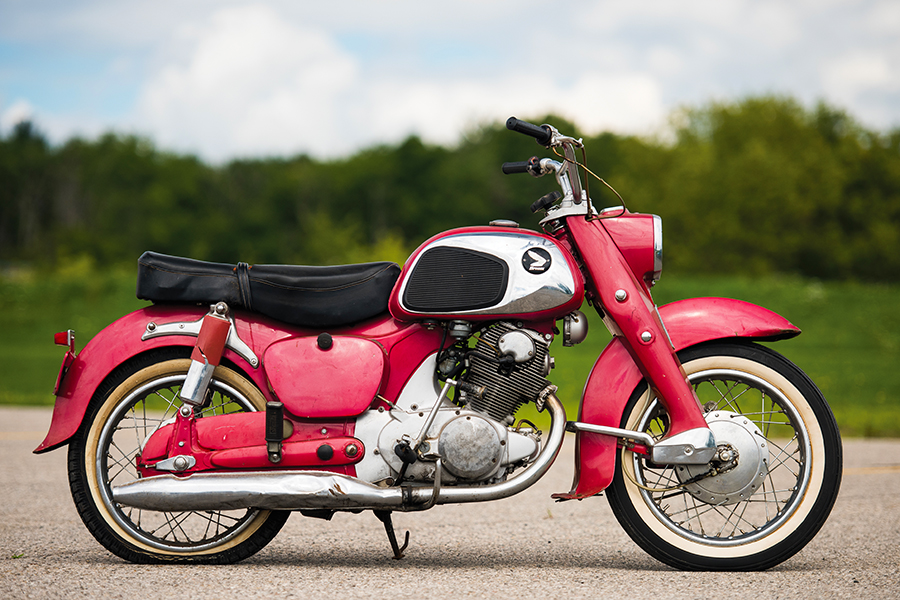

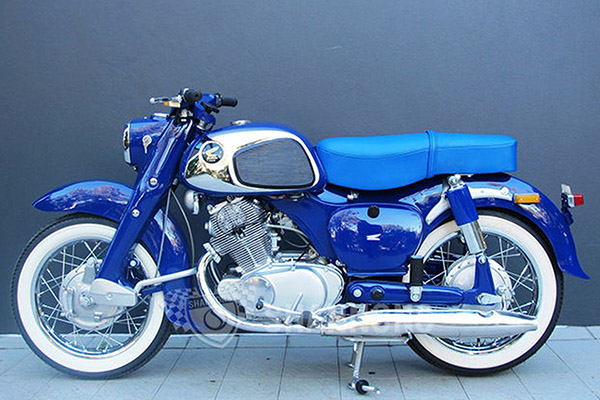
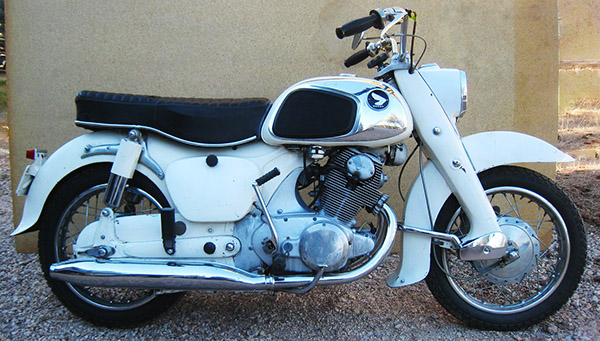
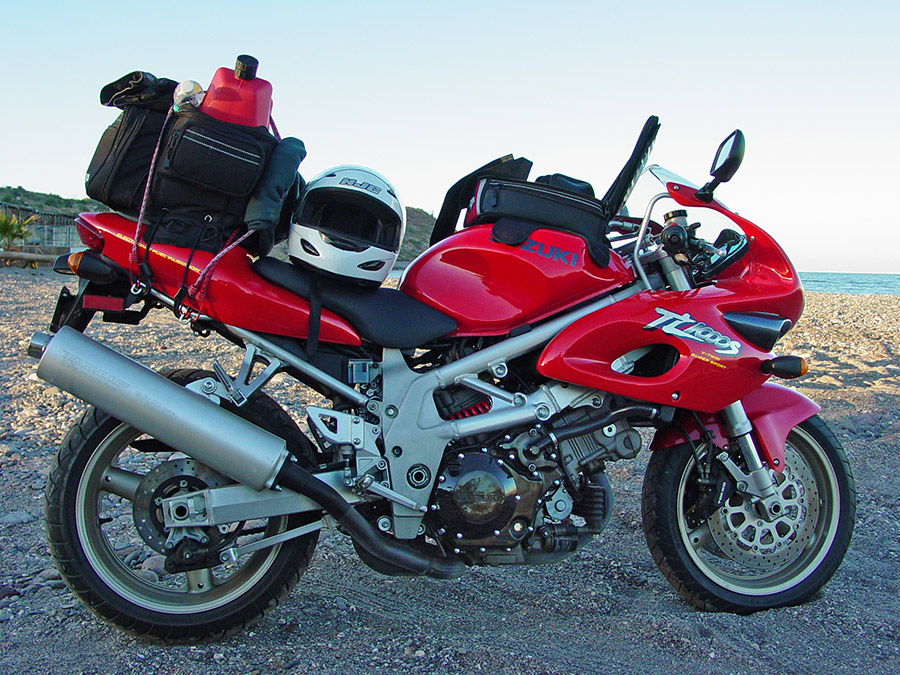
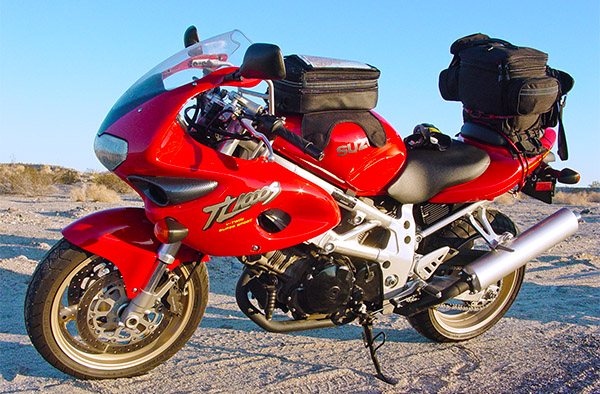
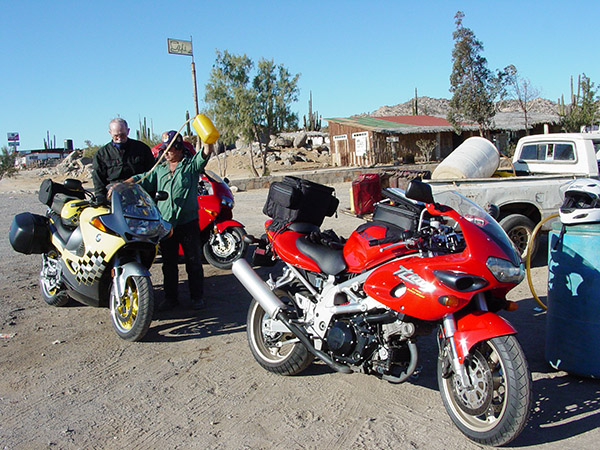

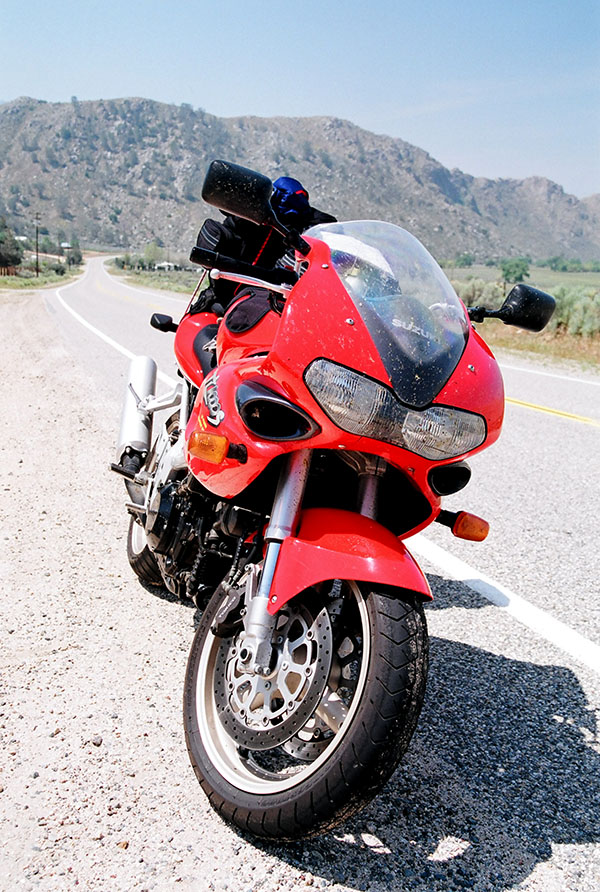
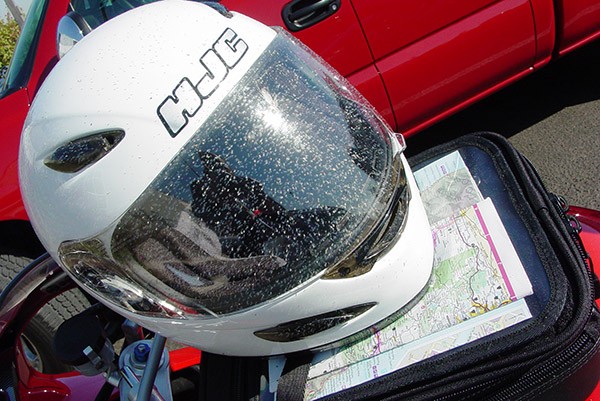









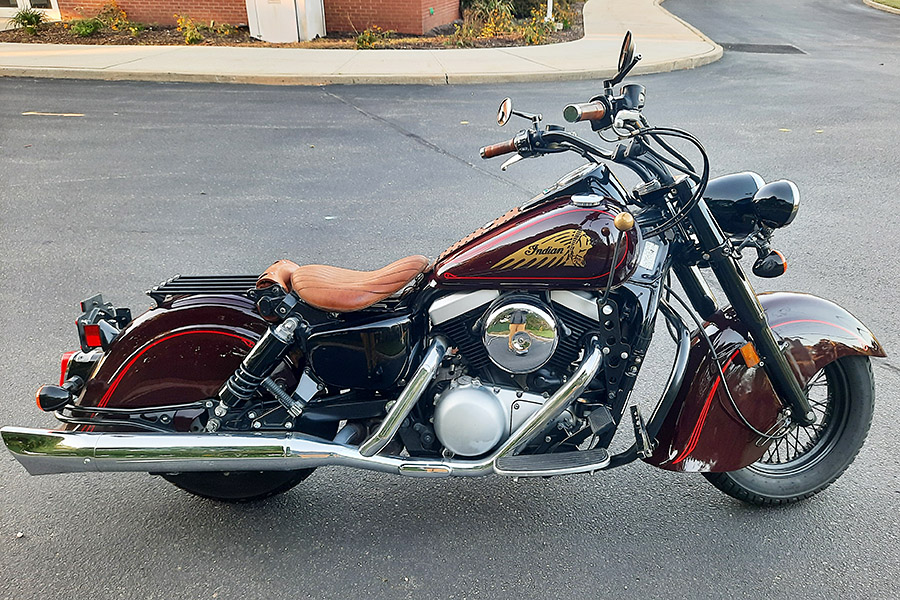
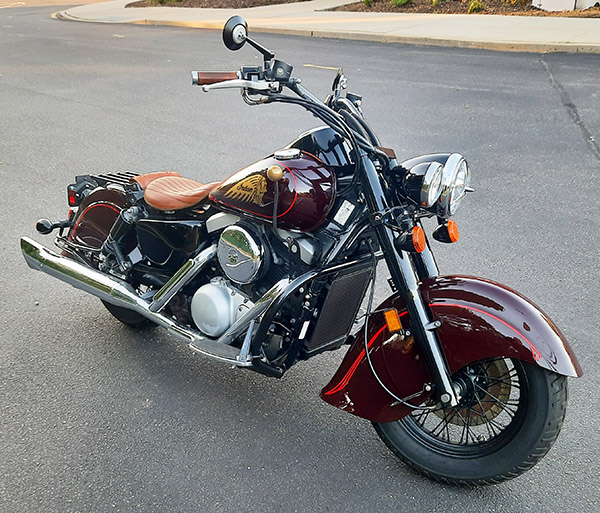

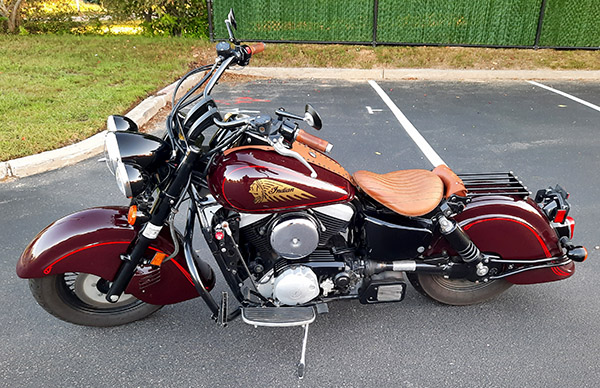
 It’s not every day you get to see a new 2020 Suzuki Katana for the first time, and it’s certainly not every day you get living legend and motojournalist extraordinaire Kevin Duke to take a photo of you standing next to it. Yesterday was that day for me, and the photo you see above was a shot Kevin grabbed of yours truly with the new Katana. I was visiting with the boys at
It’s not every day you get to see a new 2020 Suzuki Katana for the first time, and it’s certainly not every day you get living legend and motojournalist extraordinaire Kevin Duke to take a photo of you standing next to it. Yesterday was that day for me, and the photo you see above was a shot Kevin grabbed of yours truly with the new Katana. I was visiting with the boys at 